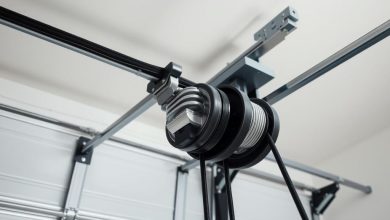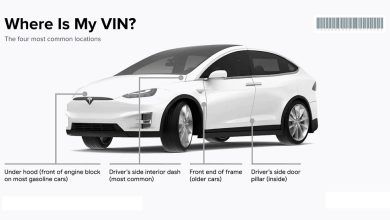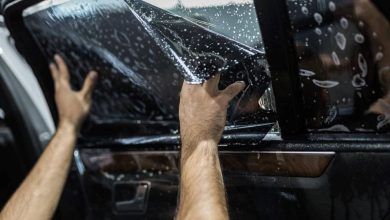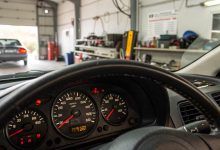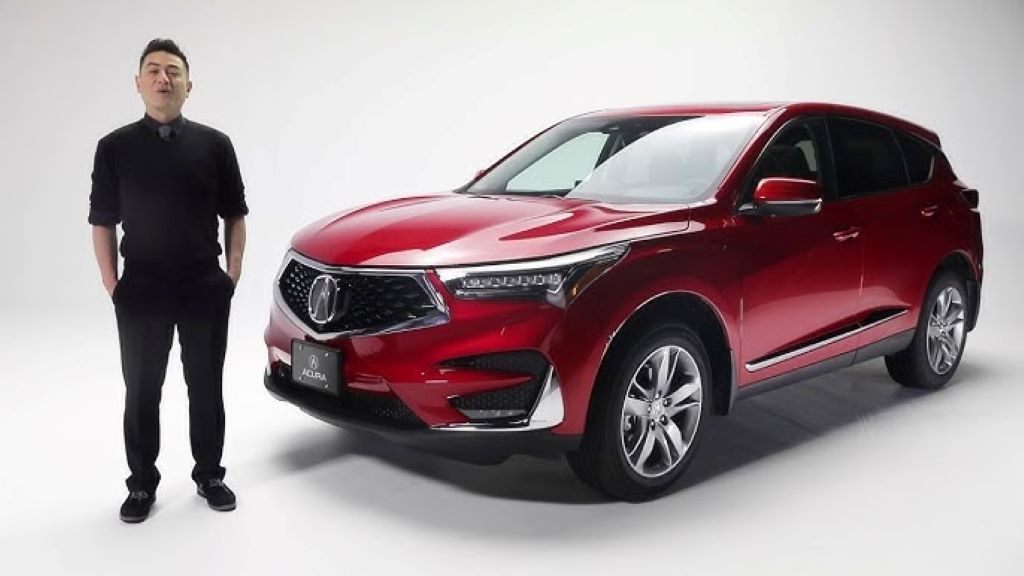
2018 Acura MDX LKAS Sensor Cleaning Guide
The 2018 Acura MDX comes equipped with Lane Keeping Assist System (LKAS) technology that helps drivers stay centered in their lanes. However, many owners experience issues with this safety feature over time. The team at Our Auto City has compiled this comprehensive guide to help you maintain your LKAS sensors and restore proper functionality to your vehicle’s lane-keeping technology.
Understanding how to properly clean and maintain your LKAS sensors can save you hundreds of dollars in dealership visits. Additionally, regular maintenance ensures your safety systems work when you need them most. Many drivers don’t realize that a simple cleaning routine can resolve most 2018 acura mdx lane keeping assistant problem issues without expensive repairs.
The LKAS system relies on precise camera sensors to function correctly. Therefore, keeping these sensors clean and unobstructed is crucial for optimal performance. This guide will walk you through the entire cleaning process step by step.
Understanding Your LKAS System
The Lane Keeping Assist System in your 2018 Acura MDX uses a forward-facing camera mounted behind the rearview mirror. This camera continuously monitors lane markings on the road ahead. When the system detects that your vehicle is drifting out of its lane without a turn signal activated, it provides steering assistance to guide you back to the center of the lane.
However, the camera sensor can become dirty or obstructed by various elements. Road debris, dust, rain spots, and even small insects can interfere with the camera’s ability to read lane markings clearly. Consequently, the system may display warning messages or stop working altogether.
The LKAS camera is different from backup cameras or side mirror cameras. It requires exceptional clarity to distinguish between white and yellow lane markings, solid and dashed lines, and various road surface conditions. Even minor obstructions can cause the system to malfunction.
Common Signs Your LKAS Sensor Needs Cleaning
Several warning signs indicate that your LKAS sensor requires attention. First, you may notice frequent “LKAS Not Available” messages appearing on your dashboard display. These messages typically appear when the camera cannot clearly see the road ahead.
Furthermore, you might experience intermittent LKAS functionality. The system may work perfectly on some drives but fail to engage on others. Weather conditions often influence this inconsistent behavior, with problems becoming more noticeable during or after rain, snow, or dusty conditions.
Another common symptom is delayed system activation. The LKAS may take longer than usual to recognize lane markings after starting your vehicle. Additionally, the system might disengage unexpectedly while driving, particularly in areas with clear lane markings where it should function normally.
Visual inspection of the camera area often reveals obvious contamination. You may see water spots, dust accumulation, or other debris on the windshield directly in front of the camera housing.
Tools and Materials Needed
Before beginning the cleaning process, gather the necessary supplies. You will need a high-quality microfiber cloth specifically designed for automotive glass cleaning. Regular paper towels or rough cloths can scratch the windshield or leave lint behind.
Choose an automotive glass cleaner that contains no ammonia. Ammonia-based cleaners can damage the camera’s protective coatings and surrounding plastic components. Many automotive stores carry specialized windshield cleaners designed for vehicles with advanced driver assistance systems.
Additionally, prepare a second clean microfiber cloth for drying. Having separate cloths for cleaning and drying prevents streaking and ensures the best results. Some cleaning sessions may also require compressed air to remove stubborn particles from crevices around the camera housing.
Cotton swabs can help clean tight spaces around the camera mount without applying excessive pressure to sensitive components. However, use them sparingly and gently to avoid pushing debris into electronic components.
Step-by-Step Cleaning Process
Begin by parking your vehicle in a shaded area away from direct sunlight. Hot glass surfaces can cause cleaning solutions to evaporate too quickly, leaving streaks or residue behind. Turn off your vehicle and allow the windshield to cool to ambient temperature.
Start by examining the camera area closely. The LKAS camera is typically located behind the rearview mirror, mounted to the windshield. Look for obvious contamination such as bird droppings, tree sap, or heavy dust accumulation that might require special attention.
Apply your chosen glass cleaner to a microfiber cloth rather than spraying directly onto the windshield. This prevents cleaning solution from dripping into electronic components or creating excess moisture around sensitive areas. Work the cloth gently across the windshield surface in front of the camera, using circular motions to lift away contamination.
Pay special attention to the area directly in the camera’s field of view. Most LKAS cameras have a relatively narrow viewing angle, but clean a larger area to ensure complete coverage. The camera typically looks straight ahead and slightly downward toward the road surface.
After cleaning, use your dry microfiber cloth to remove all moisture and cleaning residue. Work methodically to eliminate streaks or water spots that could interfere with camera operation. Inspect your work by looking through the windshield from inside the vehicle.
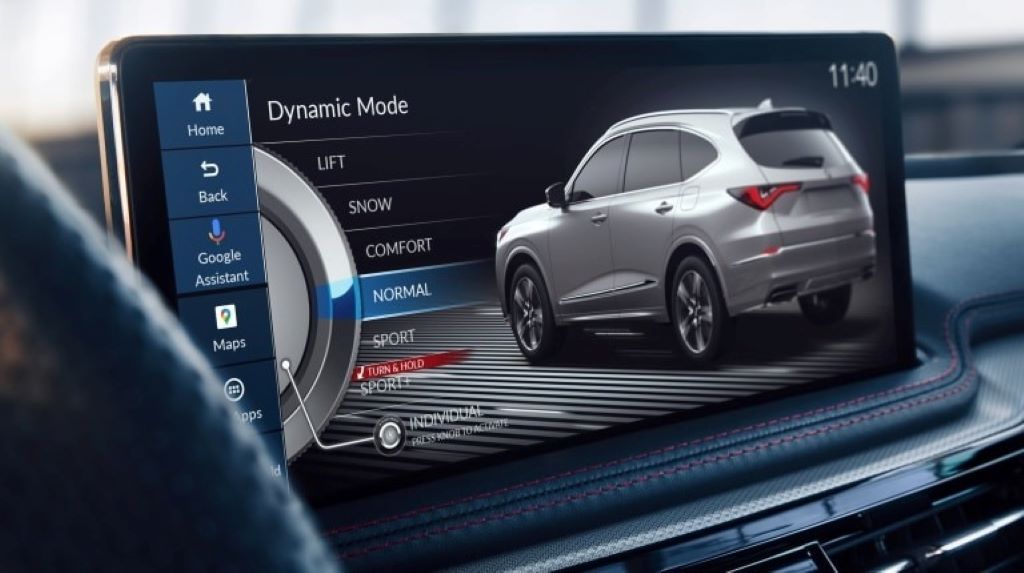
Maintaining Clean Sensors
Regular maintenance prevents most LKAS sensor problems. Clean your windshield weekly, paying extra attention to the camera area. This routine maintenance is much easier than dealing with heavily contaminated sensors that require intensive cleaning.
During winter months, remove ice and snow carefully from the windshield. Use proper ice scrapers and avoid scraping directly over the camera area. Additionally, winter washer fluid designed for sub-freezing temperatures helps prevent ice formation on the camera lens.
Replace your windshield wipers regularly to ensure they clean effectively without leaving streaks. Worn wiper blades can actually make the windshield dirtier by spreading contamination rather than removing it. Quality wiper blades also reduce the frequency of intensive sensor cleaning sessions.
When Professional Help Is Needed
Sometimes, sensor problems persist despite thorough cleaning. If your LKAS continues malfunctioning after proper cleaning, the issue may involve camera calibration or internal component failure. Professional diagnosis can identify problems that simple cleaning cannot resolve.
According to automotive experts at Consumer Reports, advanced driver assistance systems require specialized diagnostic equipment for proper troubleshooting. Attempting to repair electronic components without proper training can cause expensive damage.
Additionally, windshield replacement often requires LKAS camera recalibration. This process involves precise alignment procedures that only qualified technicians should perform. Therefore, always consult professionals when cleaning alone doesn’t restore system functionality.
Troubleshooting Common Issues
Even after thorough cleaning, some drivers continue experiencing LKAS problems. First, verify that your system is properly activated through the vehicle’s settings menu. Some 2018 MDX models require manual activation after each startup.
Check your owner’s manual for specific LKAS operating conditions. The system may not function on certain road types, in specific weather conditions, or at particular speeds. Understanding these limitations helps distinguish between system malfunctions and normal operational parameters.
Furthermore, ensure that lane markings are clearly visible to your eyes. If you cannot easily see lane markings due to fading, construction, or weather conditions, the LKAS camera likely cannot detect them either. The system is designed to err on the side of caution in ambiguous situations.
Environmental Factors and Sensor Performance
Weather conditions significantly impact LKAS sensor performance. Heavy rain, snow, or fog can reduce camera effectiveness regardless of how clean the lens remains. Understanding these limitations helps set appropriate expectations for system performance.
Bright sunlight can also cause temporary sensor issues. Direct sunlight hitting the camera at certain angles may cause glare or contrast problems that temporarily disable the system. These issues typically resolve automatically as lighting conditions change.
Construction zones often present challenges for LKAS systems. Temporary lane markings, missing lines, or confusing road layouts can cause the system to disengage for safety reasons. This behavior is intentional and protects drivers from inappropriate steering inputs.
Conclusion
Maintaining your 2018 Acura MDX LKAS sensor requires regular cleaning and attention to environmental factors. Simple cleaning procedures can resolve most functionality issues and restore reliable lane-keeping assistance. However, persistent problems may require professional diagnosis and calibration.
Regular maintenance, proper cleaning techniques, and understanding system limitations ensure optimal LKAS performance. Therefore, incorporate sensor cleaning into your routine vehicle maintenance schedule. Clean sensors not only improve system reliability but also enhance overall driving safety.
Remember that LKAS is a driver assistance feature, not a replacement for attentive driving. Even with perfectly clean sensors, drivers must remain alert and ready to take control of their vehicles at all times.
Frequently Asked Questions
How often should I clean my LKAS sensor? Clean your LKAS sensor area weekly during routine windshield cleaning. However, increase frequency during dusty conditions, after long highway drives, or following severe weather events.
Can I use regular glass cleaner on my LKAS camera area? Avoid ammonia-based glass cleaners near LKAS cameras. Use automotive glass cleaners specifically designed for vehicles with advanced driver assistance systems to prevent damage to sensitive components.
Why does my LKAS work sometimes but not others? Intermittent LKAS operation often indicates partial sensor contamination or marginal operating conditions. Thorough cleaning usually resolves inconsistent performance issues.
Will car washes damage my LKAS camera? Automatic car washes typically do not damage LKAS cameras. However, high-pressure washing directly at the camera area should be avoided. Touchless car washes are generally safer for sensitive electronic components.
What should I do if cleaning doesn’t fix my LKAS problems? If thorough cleaning doesn’t restore LKAS functionality, consult a qualified Acura technician. The problem may involve camera calibration, internal component failure, or software issues requiring professional diagnosis.
Read More:
Why Does My Check Engine Light Come On and Off?
How Ceramic Coating Huntsville AL Preserves Your Car’s Paint from the Alabama Sun

